Roots to Harvest is a non-profit organization that offers employment and experiential education opportunities in Thunder Bay, Ontario. Their mission is to use food as a tool to connect people to one another and build belonging and dignity through meaningful programs, initiatives and advocacy.
Roots to Harvest’s many programs illustrate their broad mandate:
- Youth employment – in the summer, they hire 16-30 year olds to work on their two urban farms
- In-school programs with public schools and federally-funded schools
- Food literacy cooking programs with newcomers, adults and youth in their industrial kitchen
- Community initiatives in nearby drive-to first nation communities
- Advocacy work on employment, mental health, social supports, poverty, anti-racism and discrimination
In this blog post, we’ll focus on how Roots to Harvest adapted their in-school programming in light of the pandemic.
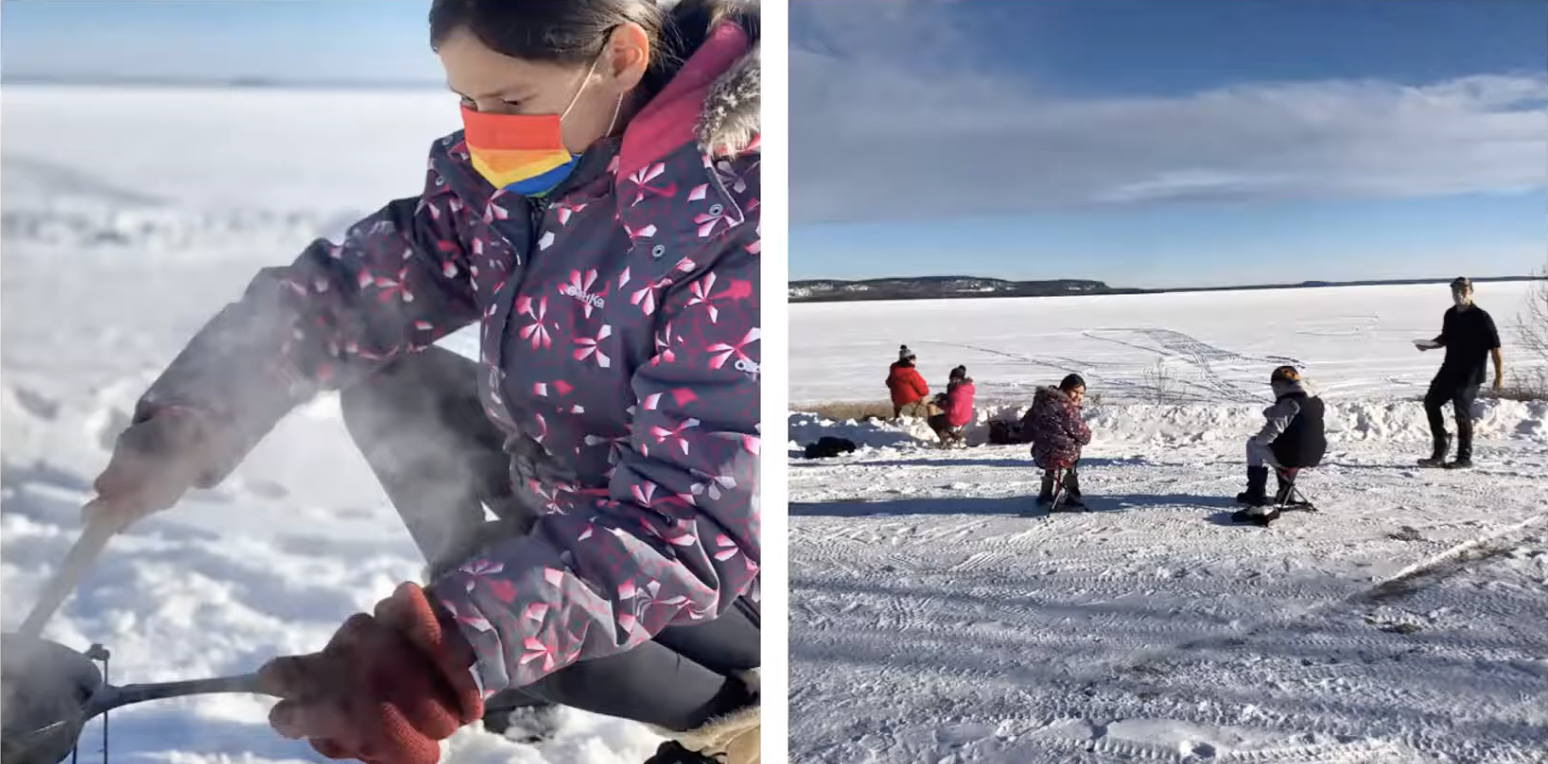
When COVID-19 first hit in the spring of 2020, Roots to Harvest put a pause on some of their programs while they made an impressive jump to increase access to healthy food via a number of wonderful partnerships. They were able to provide well over 150,000 meals to their community between March and October 2020.
Then, when Thunder Bay schools opened again in the fall, Roots to Harvest’s food education programs were welcomed back by both the Lakehead Public School Board (LPSB) and the Thunder Bay District Health Unit (TBDHU). In fact, their programs are so valued that their work was designated as an essential service in the schools.
With support from a small community grant, Roots to Harvest decided they could continue to safely deliver their hands-on experiential education not only through growing initiatives but also through exciting outdoor cooking opportunities.
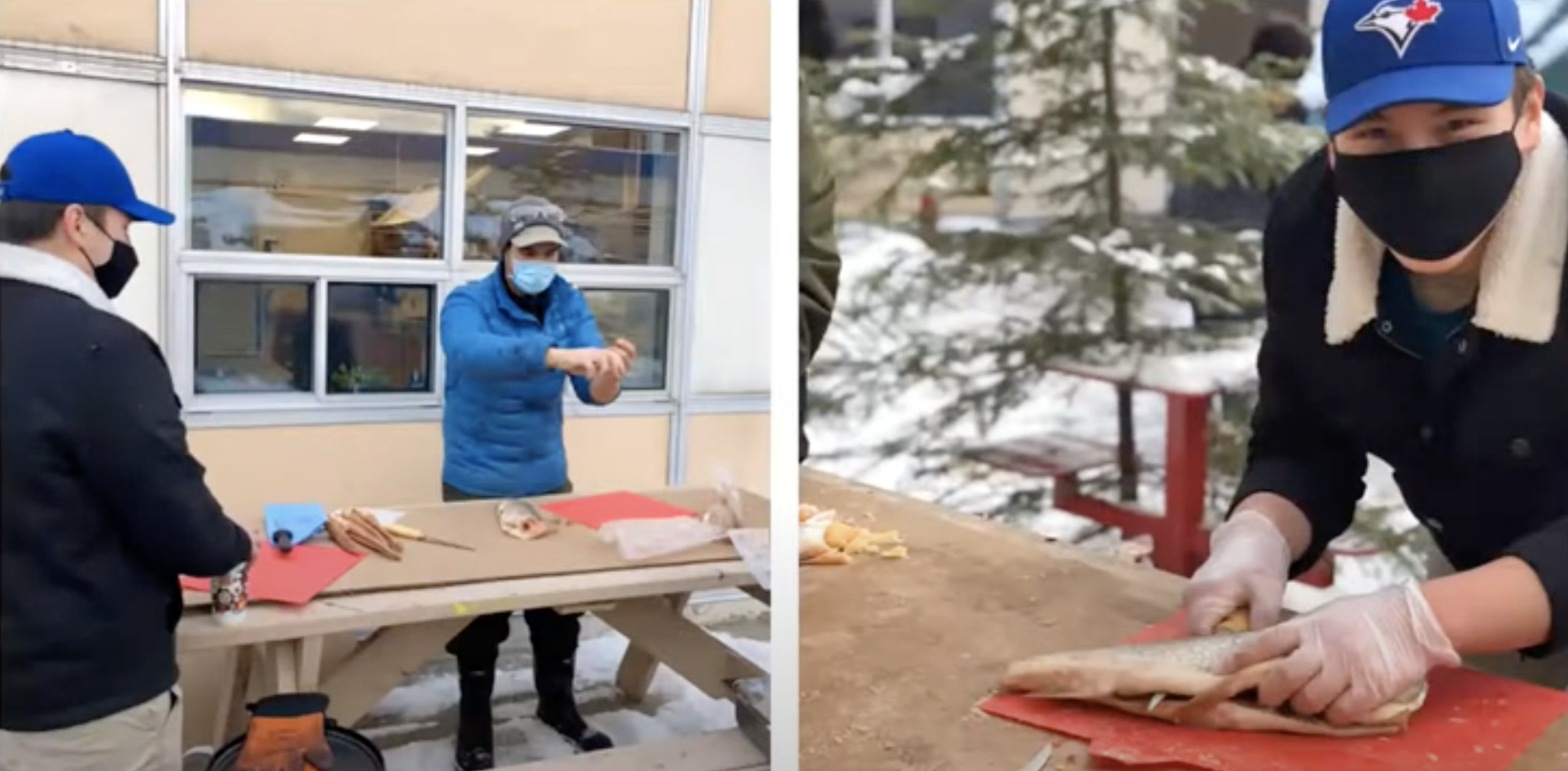
They continued harvesting the school gardens with students, they brought their apple cider press outside, students made pizza with an outdoor pizza oven, and they prepared all sorts of food outside like pasta, pancakes, poutine and more. They put a large focus on traditional foods, with some students learning how to fillet fish outside, and one school even worked with a wild deer, including processing the meat.
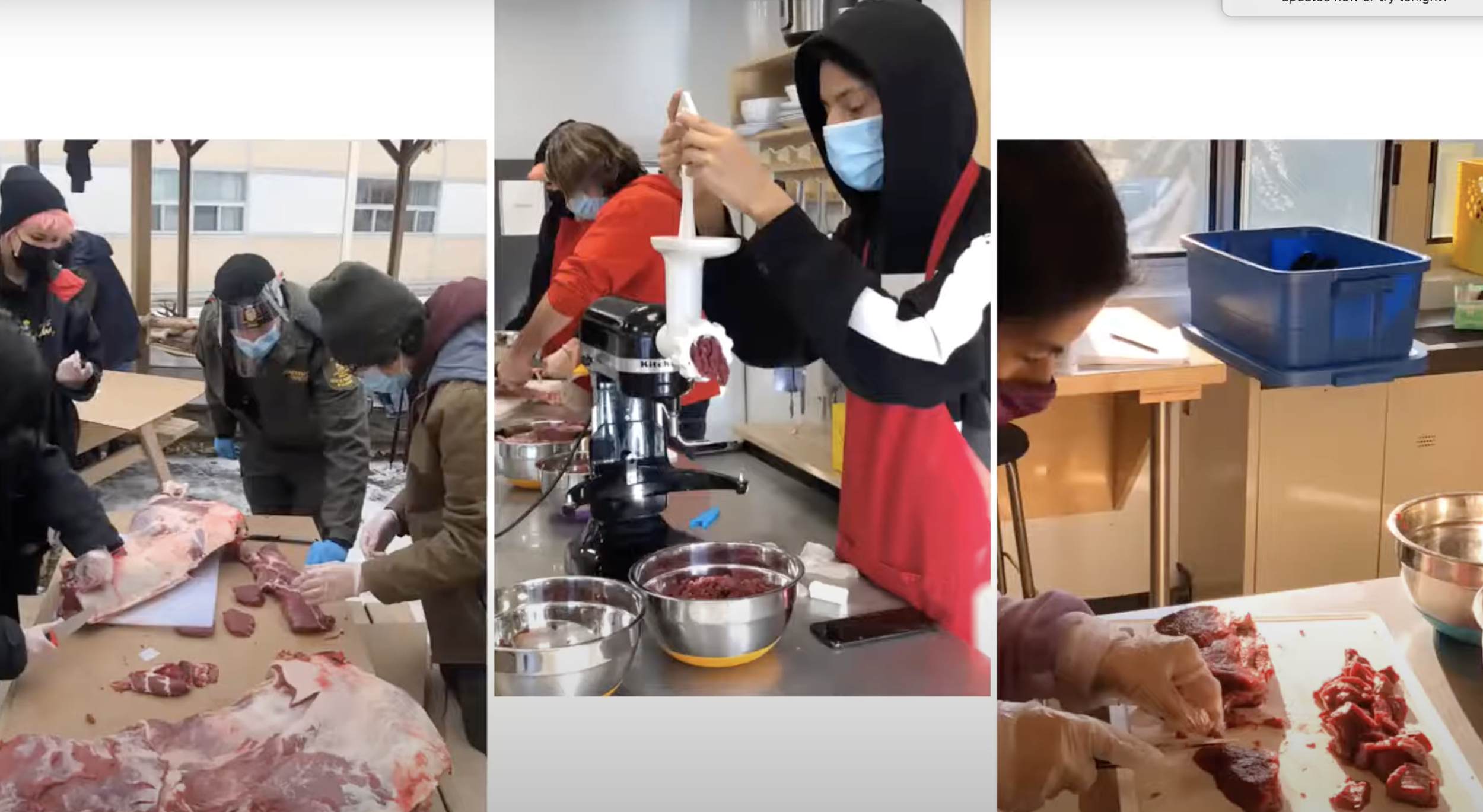
Much of Roots to Harvest’s recent programming has been centred around cooking with fire, which has proven to be a fantastic way to engage students. They bought small chairs, portable fire pits and outdoor burners, and set up cooking stations as well as larger fire pits on school properties.
They are now working to build an outdoor cooking space on the Roots to Harvest main office grounds, which will include a bread oven, fire pit, water access and wood storage. However, like many projects in 2020, COVID has slowed down the roll-out of using these, as safety protocols have resulted in limited field trips and transportation on busses.
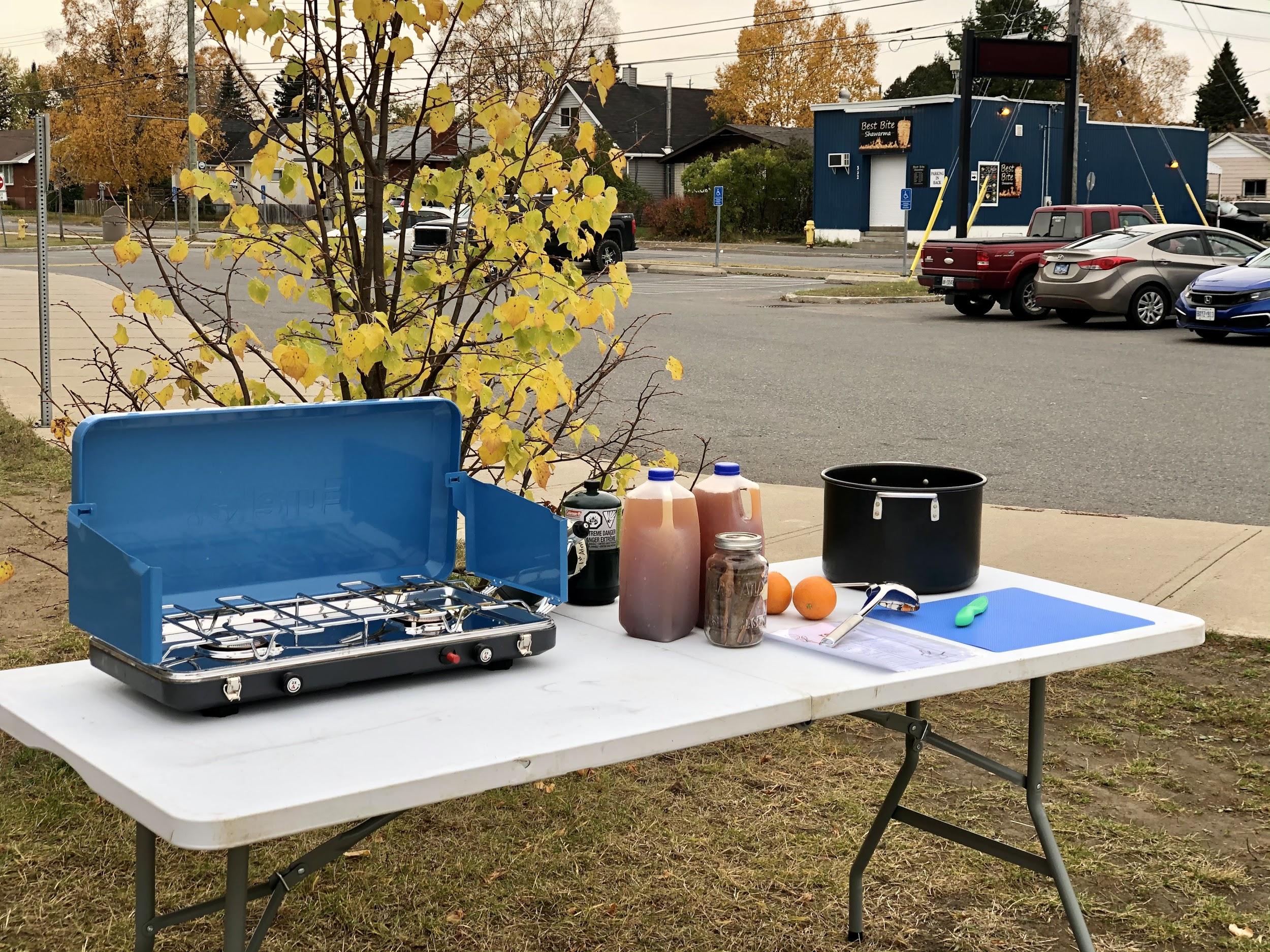
Evaluation has shown that the students absolutely love the new outdoor programming, and have said they never want to miss a day of school if Roots to Harvest will be there!
- 94% of students said that their attendance improves when they know Roots to Harvest will be in their classes
- 88% of students stated their engagement in class increases when Roots to Harvest is present
- And when students were asked what Roots to Harvest brings to their classroom experience, they stated: “It adds a chance to learn from different people”, it “brings something new to the class” and they “feel more knowledgeable about local foods”!


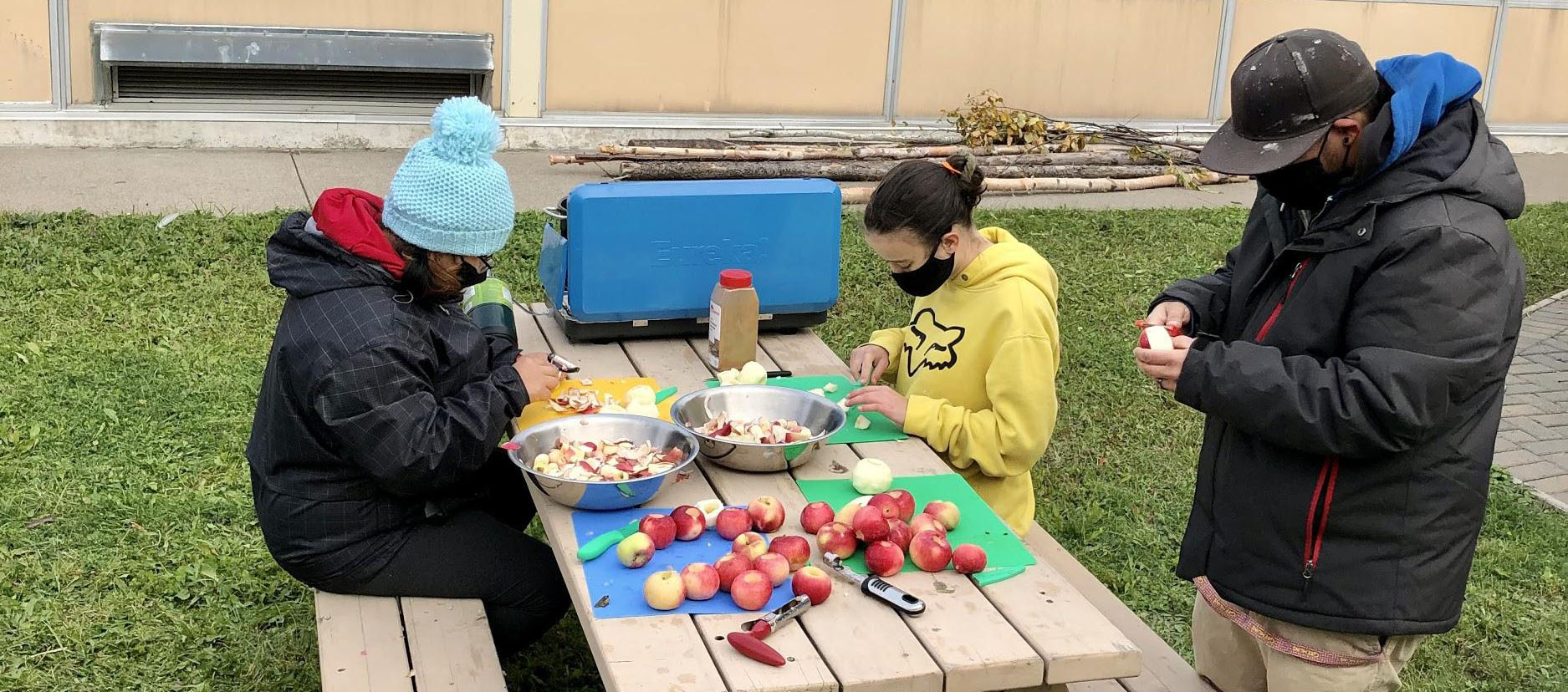
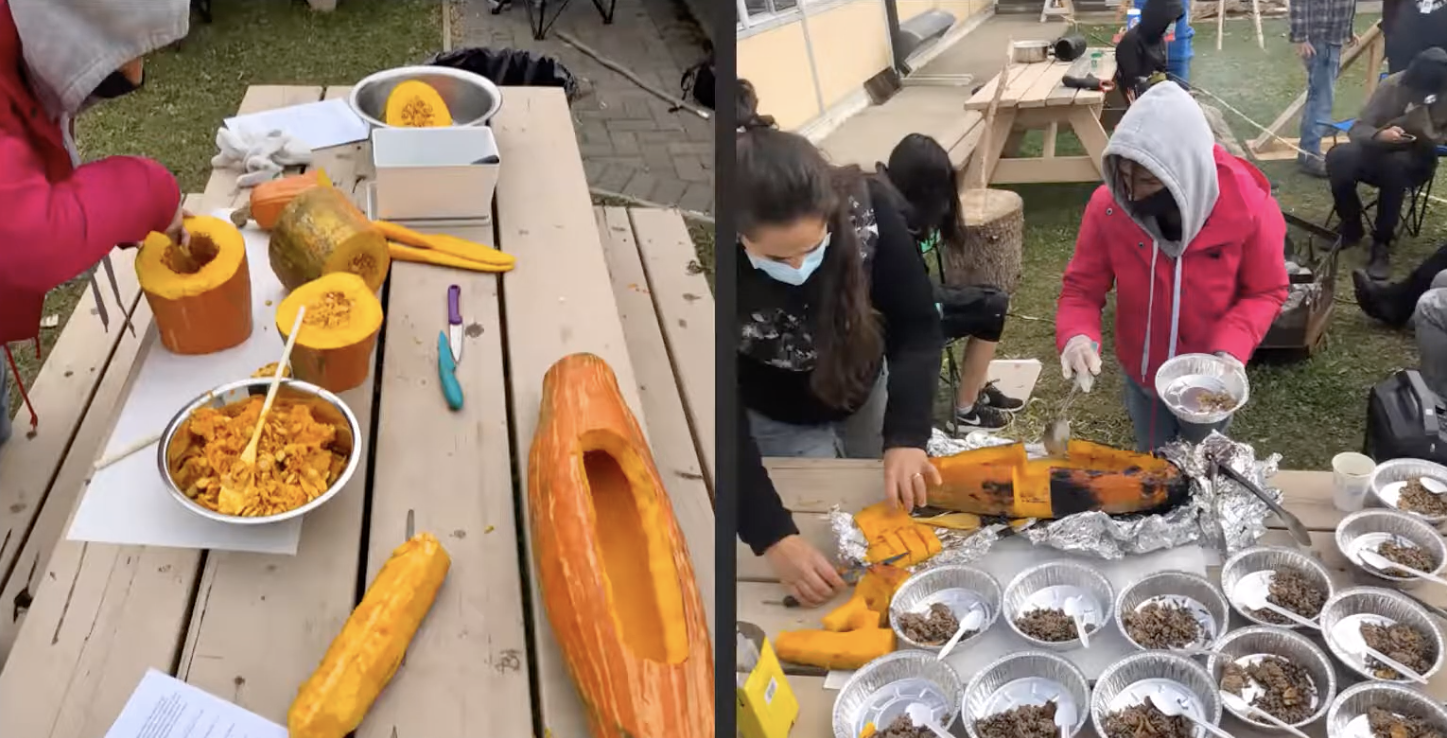
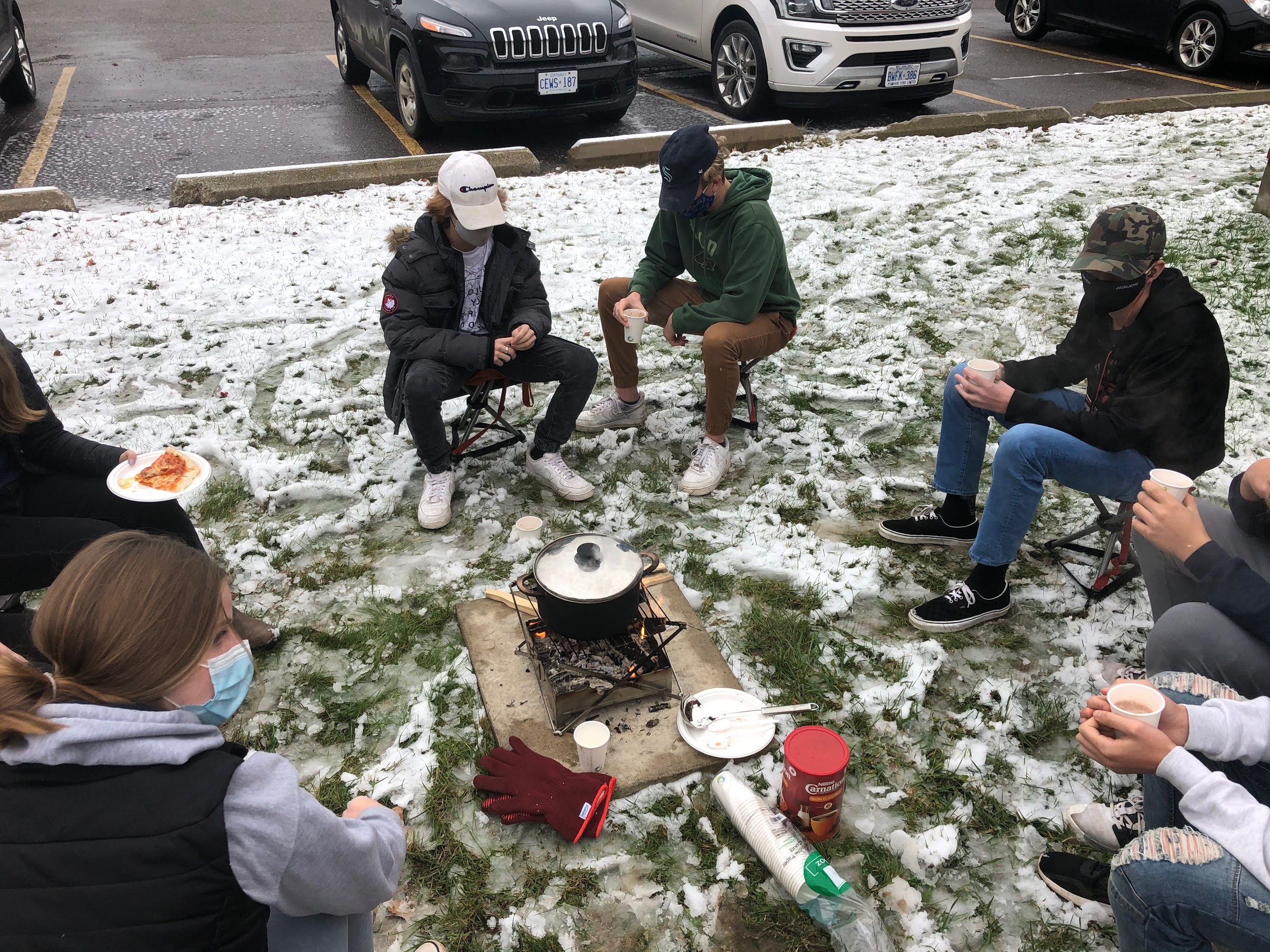
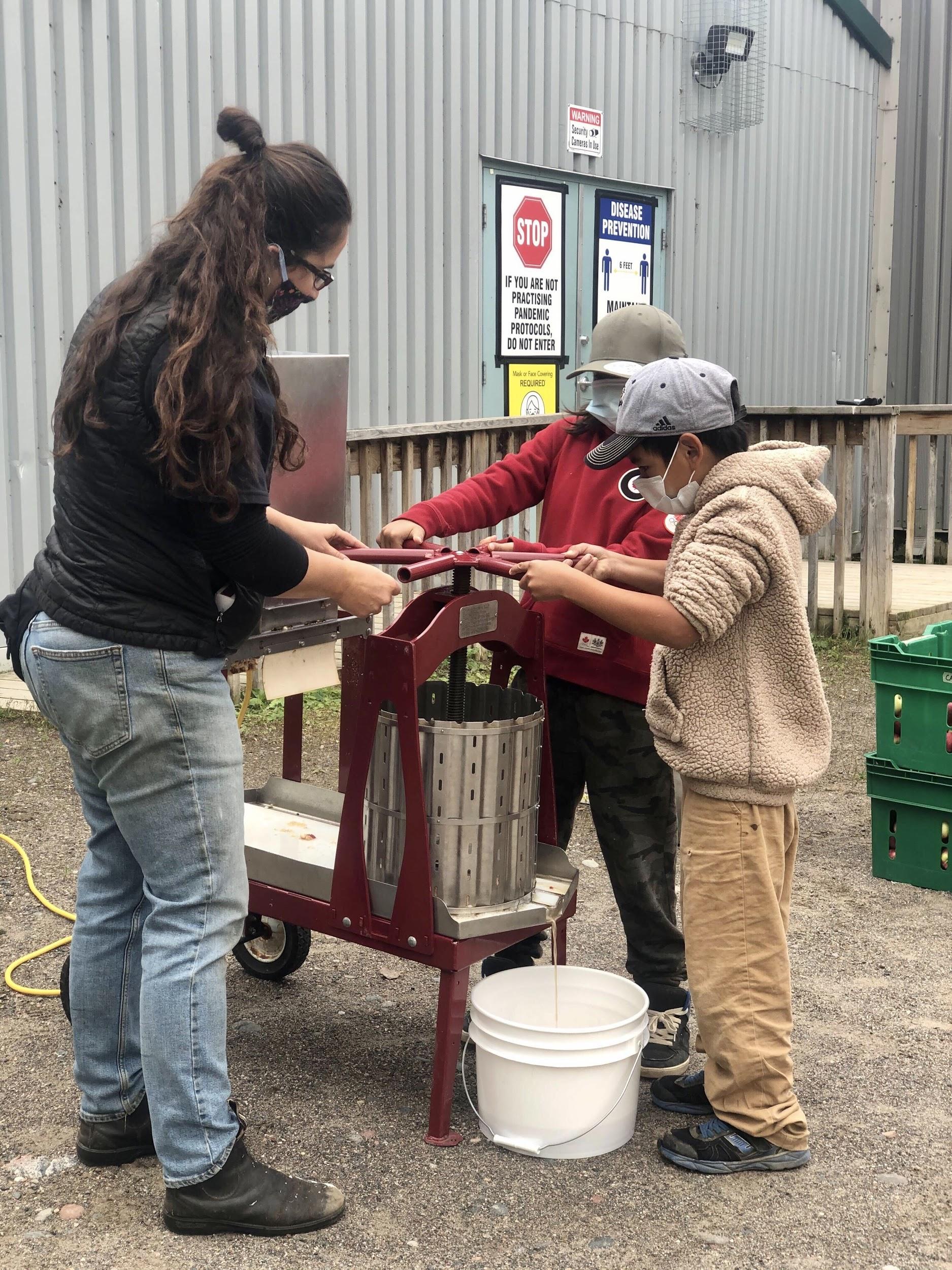



[…] The Roots to Harvest case study highlights how they have adapted their food literacy programming during the pandemic. Over the last year, they’ve been cooking outside with students, using outdoor pizza ovens, filleting fish, cooking with fire, making apple cider and more (their programming was actually designated an essential service in the schools)! Read the full case study here. […]